The Migrant Birds of the Silver Kingdom
4 min readThe agriculture development of Xinjiang relies both on the hardworking of people of all nationalities in Xinjiang, and the supporting of brothers and sisters from the mainland provinces. When in the cotton harvesting season, besides the local people, there are also a cotton-picking troop of more than a million coming to Xinjiang. They move to Xinjiang like a great flood in the cotton harvesting season and hurried back home after the picking work is over.
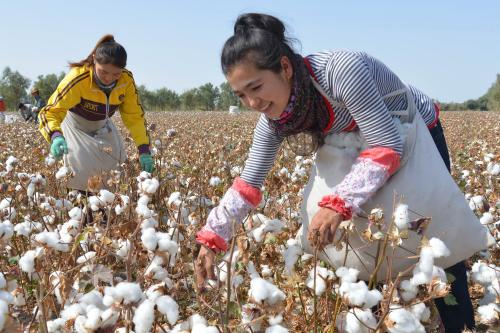
In recent years, the cotton cultivated area of Xinjiang has been expanding each year, the output has been increasing, so the number of picking workers has also been increasing.
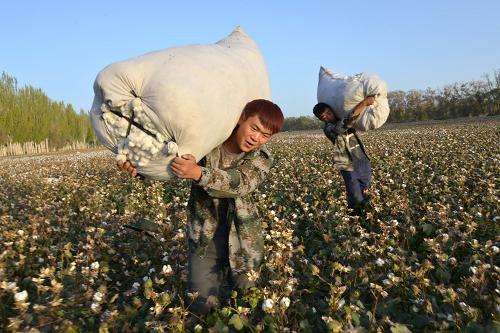
From 2006 to the present, the seasonal picking workers are about 700,000 every year, 80% of which are rural women aging from 18 to 50 years old from Gansu, Ningxia, Henan, Sichuan and other provinces. In late August of each year, the service departments of governments at all levels would organize and coordinate cotton-picking special train to transport the large number of workers. Picking cotton farmers” income have increased,and some have changed the fates. Some people stayed in Xinjiang to contract land to plant cotton, while others became the professional brokers Most of the workers come to Xinjiang with their fellow villagers, and fix on one or several cotton growers. A family of qualified workers has been engaged in this work for 13 years, they would start picking before dawn after the breakfast in the householder’s house.
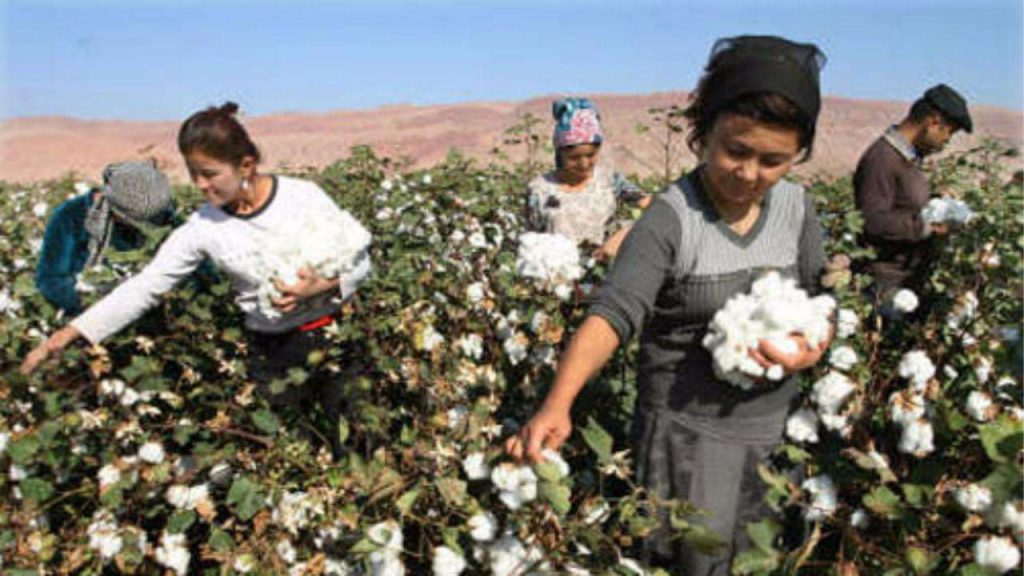
White cotton balls may be seen indistinctly in the dim cotton fields. They line up, and each one picks four rows of cotton, corresponding to one mu of the field. Dew has not receded in the early morning, soon the trouser legs are wet, but they spare no time to care, for they have to pick making full use of every minute. They shall take advantage of the morning and forenoon to pick more, for their spirit and physical strength are the best at that time Workers shall wear thin nylon gloves to protect their hands from the puncture by cotton stalks or boll hulls. They bend down to pick all the cotton around the body, and put the cotton into the bags behind them, and then straight up to walk for several steps, ben down again, repeating the previous action. There is a cotton rope tied around each worker’s waist with the other end seamed to the bag mouth, in this way, when the worker walk forward, the bag can be dragged forward too.
The sunlight shines on the cotton field at noon, making it like a white sea. Although it is very hot, workers try not to drink much water, for they want to save time to pick up more cotton. It is time to have lunch, the householder usually carries the meal to the field, and at this time, the workers stop their work temporarily, reckoning or asking their fellows’ achievements. Such kind a work is hard and boring, but time always passes quickly. At sunset, the householder comes to weigh and load the cotton, and deliver the cotton to the ginnery on the next day. Now it can be called a day, it is time to sleep after dinner and bathing.
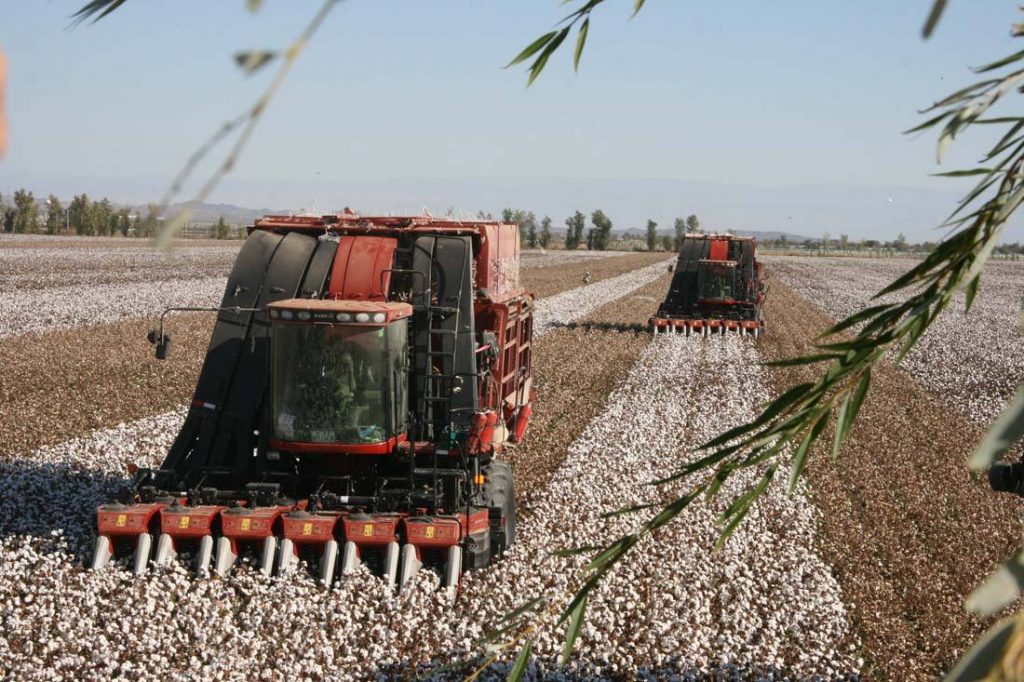
A cotton picking worker is picking cotton in the field The day has past one after another. In this short period of over 70 days, there is one of the most important Chinese traditional festivals-the Mid-Autumn Festival. The workers away from their hometowns are doomed to celebrate such a festival of reunion. “On festivals, we think of our dear ones more than ever”, on this day, workers will have a dinner together with their fellow villagers, call up the families, and by the way tell them when to return and how much money will take back.
Although the work is very hard, the income is considerable. Many can earn more than 10,000 Yuan in these 70 days. Each single Yuan is earned from the sweat. The sweat of the workers has become the artificial rain for the thriving of cotton in Xinjiang making years of harvest.
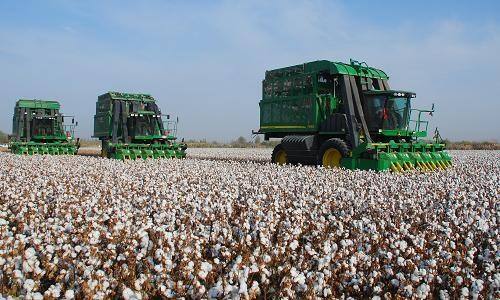
Today, these “migrant birds”shuttling between the hometown and the cotton fields in Xinjiang are becoming less and less because of the inevitable trend of agricultural mechanization. Large cotton picker is just like “monster”, thundering in the sea of cotton, and picking all the cotton wherever it passes. A large cotton picker can harvest 150 mu of cotton a day, which is equivalent to the sum of labor of more than 600 workers.
The “shuttling movement”of nearly a million of the cotton-picking troop, like the migrant birds, in the short 70 days has become a “moving landscape” in the cotton harvesting season; and it also can be called a “magical landscape”in the process of China western development. These workers from all over the country have made great contribution to the history of cotton production in Xinjiang.








